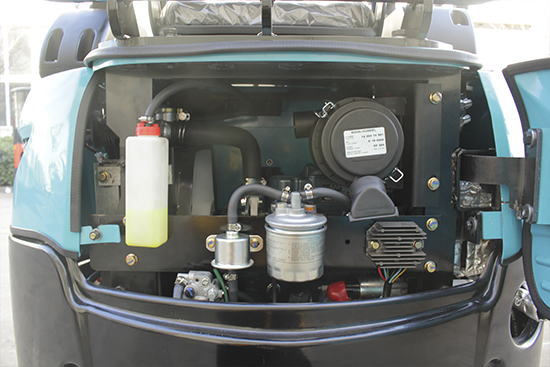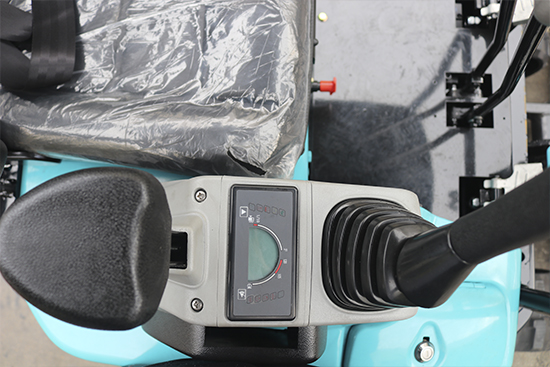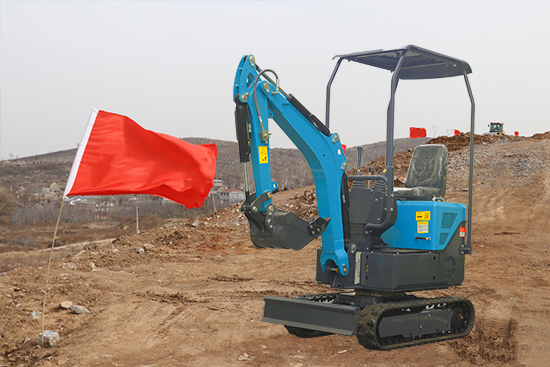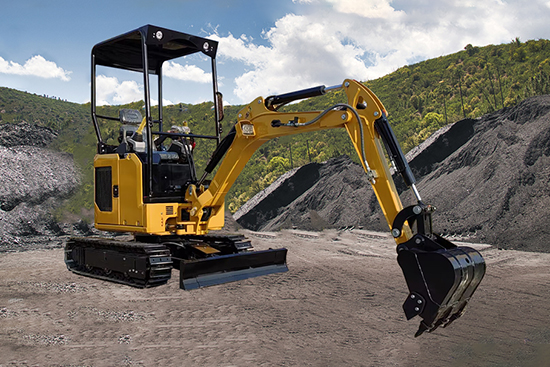Welcome to Jining Yizhan International Trade Co., Ltd
Spring Startup for Small Excavators: Are You Missing These Key Checks?
Spring Startup Inspection Steps for Small Excavators
1. Appearance Inspection
Cleaning: Remove dust, dirt, and debris from the excavator body.
Corrosion Check: Look for any signs of rust or damage and address them promptly.

2. Fluid Inspection
Engine Oil: Check the oil level and quality. Replace it if necessary.
Hydraulic Oil: Check the oil level and cleanliness. Replace it if it is insufficient or contaminated.
Coolant: Ensure the coolant level is normal. Top it up if it is low.
Fuel: Check the diesel fuel level. Replace it if necessary and avoid using winter - grade fuel.

3. Battery Inspection
Charge Level: Check the battery charge. Charge or replace it if the charge is low.
Connections: Make sure the battery terminals are securely connected and clean the terminals.
4. Filter Inspection
Air Filter: Clean or replace it.
Fuel Filter: Check and replace it.
Oil Filter: Check and replace it.
5. Pre - start Preparation
Warm - up: Pre - warm the engine before starting, especially in low - temperature conditions.
Manual Rotation: Manually turn the engine a few times to ensure proper lubrication.
6. Startup Operation
Startup: Start the excavator according to the normal procedure and pay attention to the dashboard indicators.
Idle Running: Let the excavator run at idle for a few minutes to warm up the engine and hydraulic system.

7. Test Run
Operation Test: Perform simple operations to check if the hydraulic system and traveling system are working properly.
Abnormality Check: Pay attention to any abnormal noises or vibrations.
8. Lubrication Maintenance
Lubrication Points: Lubricate all the lubrication points.
9. Record - keeping
Record Inspection: Keep records of the inspection and maintenance for future reference.
By following these steps, you can ensure that the small excavator starts safely and operates normally in spring.






